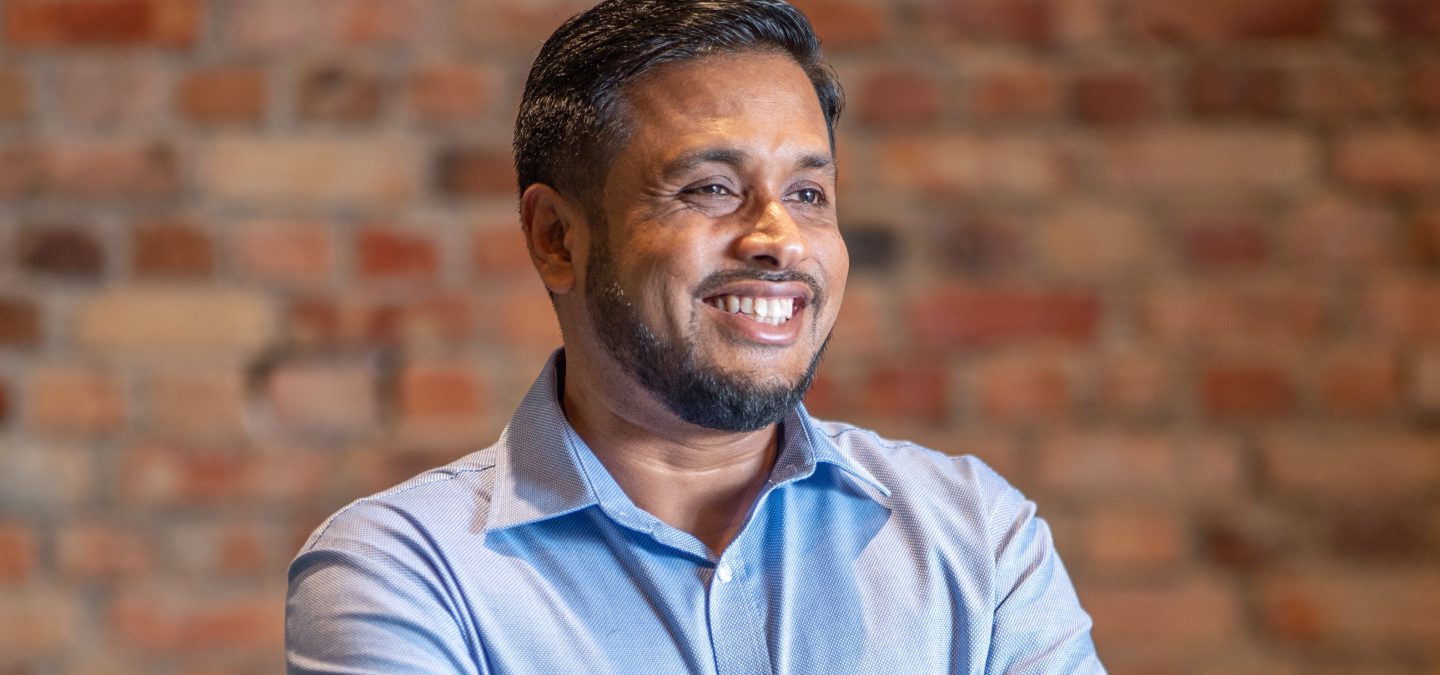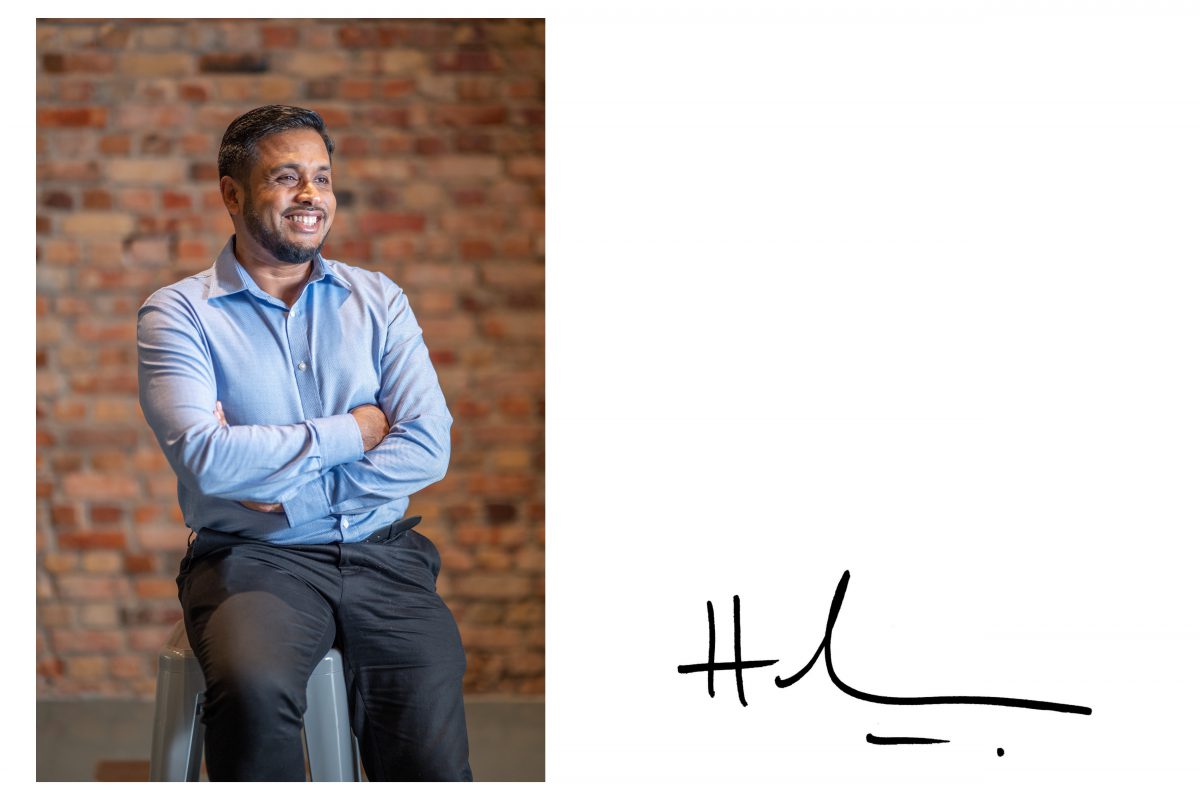
Keep up with our latest news and projects!

As I write this, much of life as we know it has been upended. Many cities remain under full or partial lockdown. The public places and spaces we have traversed and loved have not seen the warmth of human traffic for several months, and placemaking success stories seem like tales from the distant past.
While the world adapts to the new normal, the big question to ask is — will cities remain relevant? And therefore, will placemaking for great Cities at Eye Level?
If you look at how cities were created over time, you will find that almost every historical period is characterised by the emergence and development of cities in connection with economic and social opportunities. While economic opportunities are a major draw, the other aspect of a city’s DNA — and what makes a city truly great — is the way it engages people. In this aspect, the use of placemaking in the shift towards human-friendly cities has always been the enabler, the ‘X-factor’ that has ensured a sociable and interactive environment.
In fact, in the post-Covid world, the pressure for cities to be habitable, resilient, inclusive and healthy remains as acute as ever. Viruses aside, threats to humankind from climate change, dwindling resources, war or terrorism, pollution and other disease outbreaks remain very present. As we move beyond the virus, now painfully aware of how vulnerable we are, the role of placemaking continues to be just as, if not more, relevant.
Today, new norms are threatening human connection. Movement controls have emptied streets and public spaces, and hygiene requirements are literally placing physical barriers to create distance between us. But cities are also home to over four billion humans*, and humans require liveable and resilient habitats. Thus, I say with conviction: human-scale cities are here to stay.
Even during the lockdown, Digital Placemaking has been having its moment in the spotlight. With the mass onboarding of our lives and activities into the virtual world, this is hardly surprising.
In the past, digital placemaking was used to enrich the experience of visitors (think augmented-reality apps that offer extra information). Now, it has the role of serving the enlarged global digital community, enabling anyone to access places of interest from wherever they are. From virtual holidays to tours with 360-degree views, to live-streamed performances; digital placemaking is keeping our places of interest alive in the minds of people.
However, one thing is clear: it is no match for the quality of live physical interactions we experience in real life. After all, having a virtual dinner with friends through Zoom is a very different experience from seeing and being with them in person. Likewise, visiting the Eiffel Tower on your device is no match for staring up at it with your own eyes.
While both the virtual and physical worlds will co-exist, we should also consider the digital implications and the clinical, anti-social nature of new norms. With our movements constantly traced and captured, are there ways to ensure that data privacy is not usurped or abused in the name of protection? Can we maintain opportunities for human connection, and mental and emotional wellbeing while observing safety precautions? Can placemaking offer positive messaging and optimism in these dark times?
All this remains to be seen and placemaking has a role to play in all of this.
What’s next for the future? Emerging trends are pointing towards a great need for comfort and healing, with a mandate for future spaces to observe the delivery of comfort, hygiene, and mental and emotional wellbeing. This is not new, but it is heightened.
In the built landscape, we are seeing an increased focus on hygiene in architecture** with protective tech features (air purifying systems that can filter out pathogens, self-sanitising substances, automated doors and elevators to reduce contact), coupled with an enhanced understanding of the important roles nature and sustainability play in developing thriving and resilient communities (self-sufficient buildings such as Space 10’s Urban Village which generate their own power, water catchment, and urban farming). Disaster-proof structures are emerging as bunkers for the elite, replete with escape helipads, state-of-the-art security, protected recreational facilities and food storage and growing systems. Meanwhile, healing spaces the likes of Hudson Yards’ 3Den in New York, have been surfacing around the world to give respite to city dwellers, along with a slew of new enterprises that deal with the business of healing and wellbeing.
However, these places are not for everyone. How will those who can’t afford luxury disaster bunkers find healing, comfort or protection on the streets, in public places, and in their urban neighbourhoods?
There are many other questions to be asked that placemakers may hold the answers to. And so I say, there has never been a more challenging or exciting time to work together on better and more human-scale cities.
Which brings me back to this book. The City at Eye Level Asia is a compendium of real-life urban stories with lessons learnt from our Asian experience, proudly produced in collaboration with STIPO and Urban Discovery. As part of a community of urban practitioners, we have long felt that Asian cities have much to contribute to the global urban narrative and so, here is a book that offers antidotes to 21st century urban challenges, and excellence in creating city spaces for people. The aim of the book is to inspire and provide reference to innovative solutions for great cities at eye level with an Asian perspective.
Within these pages, you will find best practices that provide hope for communities struggling to hold on to their way of life while navigating the tides of change sweeping through. The stories of both top-down and bottom-up interventions indicate critical lessons for city managers, local governments and developers, on how planning and urban design must involve the voice of the community, and much more.
Think City is very proud to present The City At Eye Level Asia with STIPO and Urban Discovery, two organisations that are leaders of the placemaking movement in their own right. This effort is part of a larger attempt to build the placemaking community in Asia and beyond, and it is my humble hope that it will contribute to shaping placemakers of the new era.
